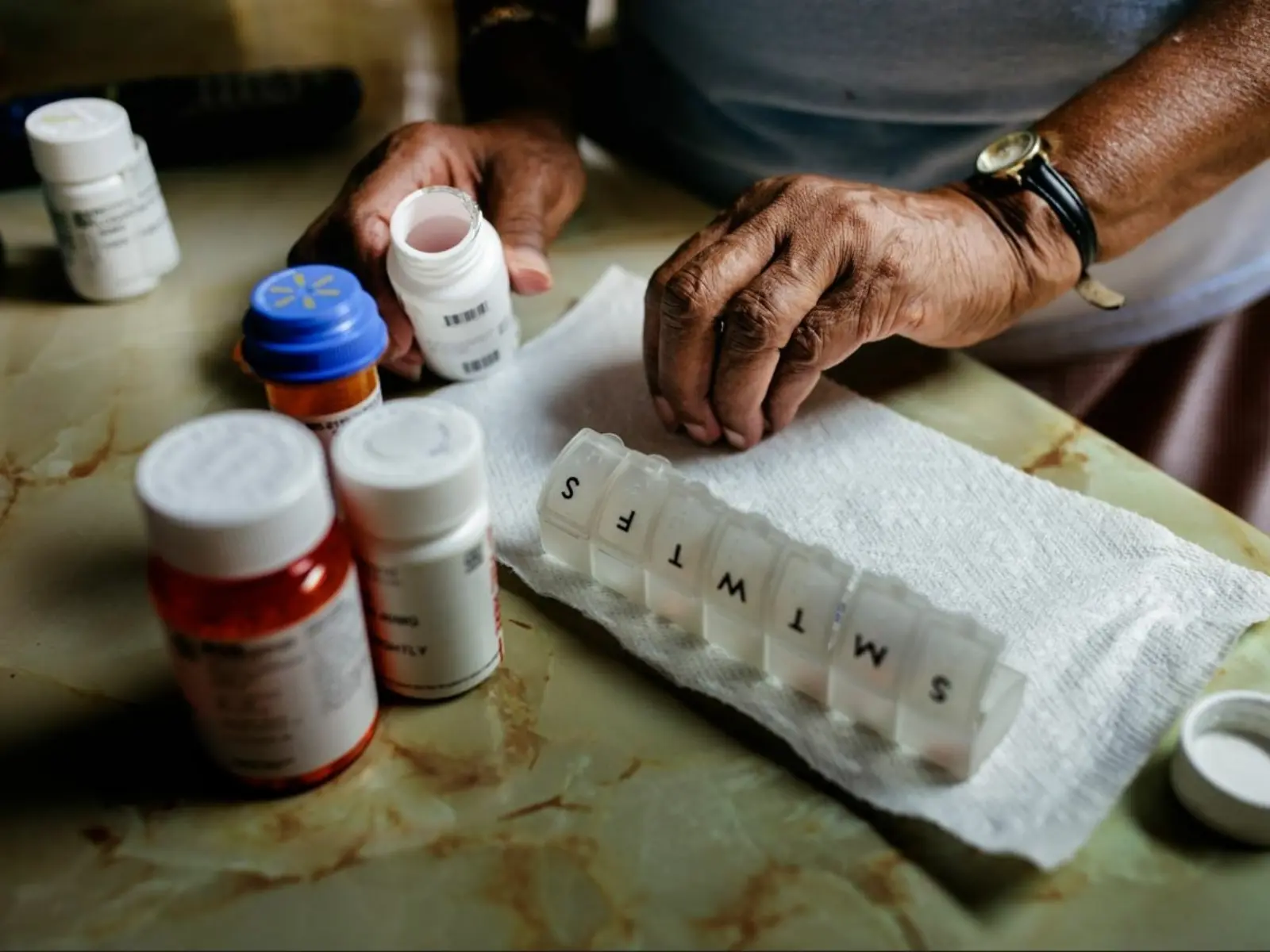If you invent and successfully patent a product in the United States, it is typically protected from competition for 20 years. This intellectual property system, which is established in the U.S. Constitution, is intended to “promote the progress of science and useful arts” by rewarding innovation with a government-granted monopoly for a set period of time.
But today, drug manufacturers are exploiting loopholes in the system to extend their monopolies and stifle competition long beyond that 20-year timeline, which results in high and rising prescription drugs prices and undermines the very purpose of patent law. These anticompetitive behaviors contribute to a status quo of unaffordable prescription drugs where about a quarter of Americans report struggling to afford the drugs they are prescribed.
We talked to Wayne Brough, the policy director for technology and innovation at the center-right think tank the R Street Institute, about this critical but complex policy issue.
Brough tackled patent reform in his recent report, Patent Reform and Pharmaceuticals: The Key to Lower Drug Prices, which looks at how drug companies’ strategic patenting practices harm competition and consumer welfare and identifies potential legislative and regulatory reforms that could improve the entire patent system. He has also called for bipartisan action around patent reform, publishing an op-ed with Priti Krishtel of the Initiative for Medicines, Access and Knowledge (I‑MAK), which reminds lawmakers that patent abuses that lead to the outlandish cost of prescription drugs are not a Republican or Democratic issue. “When the patent system fails, we all suffer,” they write.
This conversation has been lightly edited for clarity.

Arnold Ventures
For people who are reading this and who aren’t involved in policy: Why should they care about drug patent policy?

Wayne Brough
Patients want access to the drugs they need and want them available at the lowest price possible– if drug manufacturers are using the patent system to prevent that from happening, this is where the problem comes in. If pharmaceutical manufacturers are abusing the patent system, it delays competitors from coming to the market and offering lowering priced alternatives.

Arnold Ventures
You’ve authored a report on patent reform and an op-ed, and clearly care deeply about this issue – but it is admittedly a complex and wonky policy concern. What drew you to this field in the first place?

Wayne Brough
I’ve always had an interest in what spurs innovation, and the patent system is something that is originally designed to promote useful arts and sciences. R Street is a right-of-center group. A lot of right-of-center groups just assume that an intellectual property right, like a patent, is the same thing as a physical property right. I wanted to reframe that debate and remind people that patents are granted by a government agency, the Patent and Trademark Office (PTO), with about 20,000 government employees. There’s a long, complicated process to create a patent and lots of steps along the way where mistakes can be made. I’m trying to reframe the debate, at least among those on the right of center, and remind them that this is a government program. If it’s not working, let’s look at it and make it work better. And once you do that, you’ll see important impacts, like greater competition which lowers drug prices and more innovation in the medical space.

Arnold Ventures
So what does this abuse of the patent system look like in practice?

Wayne Brough
Patent abuse occurs when drug manufacturers effectively game the system to protect their exclusive monopolies and profits. Artificially extending the life of a patent deters innovation and keeps competitors, and lower prices, at bay. This can be done through several strategies, including by creating “patent thickets,” an overlapping complex web of sometimes hundreds of patents for a single drug that makes it difficult for generic competitors to successfully challenge and enter the market. There is also the practice of “evergreening,” where a company continues to file patents for small and often inconsequential minor variations on a product to extend a monopoly. Finally, the practice of “product hopping,” where a pharmaceutical manufacturer moves patients from a drug soon to lose its patent protection to a reformulated version of the drug that has longer patent protection and therefore extends the manufacturer’s monopoly and their ability to charge high prices.

Arnold Ventures
And what would be a policy fix? How could we ensure the system is working to promote innovation rather than protect profits?

Wayne Brough
Reforms should focus on ensuring patents are used as originally intended, which is to reward and spur innovation. Patents should not be a tool for unnecessarily extending monopoly power. Reforms should focus on the patent process to ensure that only quality patents are issued in the first place. Questions of patent eligibility are important to review, particularly when it comes to secondary patent applications that seek to extend the length of existing monopoly protection.
At the same time, the PTO’s Patent Trial and Appeal Board should be strengthened as a means of challenging and eliminating patents that should never have been granted in the first place. For example, the drug-maker AbbVie filed 239 patents on its popular anti-inflammatory drug, Humira. Of these, 130 patents were granted, for a patent life of 39 years — well beyond the 20 years a patent traditionally provides.

Arnold Ventures
I imagine you see plenty of eyebrows shoot up whenever you explain how the patent system is being exploited to protect high drug prices and prevent competition. But the topic can feel complicated, and that complexity may scare policymakers and activists from getting involved. Where would you recommend people take their first steps into patent reform?

Wayne Brough
The patent system can be viewed as daunting and complicated. But at the end of the day, there are two crucial issues to address. First, we want to ensure the quality patents. Low quality patents do not spur innovation but can be used to stifle competitors, protect monopolies, and keep prices high. Improving the quality of patents issued will tie them more directly to innovation, as originally intended. Second, the current system is not perfect, so there needs to be an effective and efficient review process in order to weed out patents that should never have been granted in the first place. The Patent Trial and Appeals Board was established to play this role and we should encourage its ability to do so. Focusing on these two issues will go a long way in eliminating patent abuse that focuses more on protecting monopolies and profits than rewarding innovation.
















